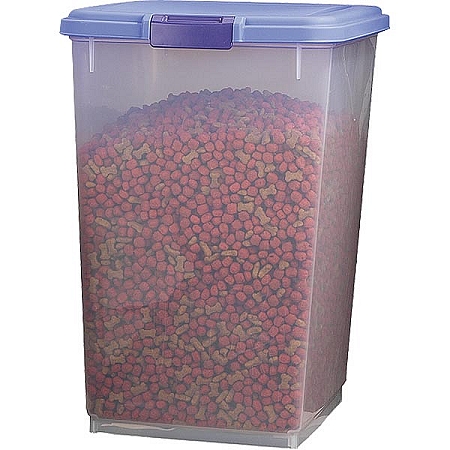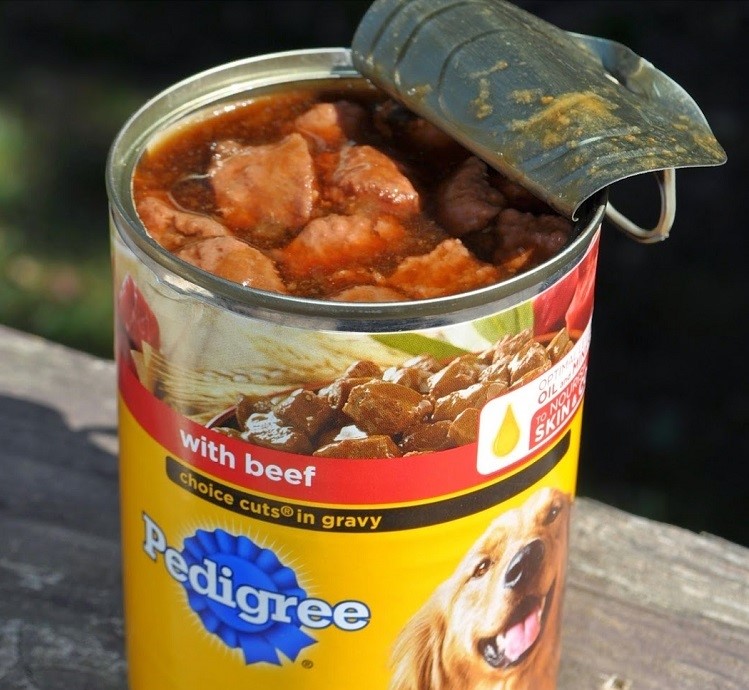Pets
The Do’s and Don’ts of Storing Dog Food
Dog owners have two approaches to their pet’s food; homemade or store bought. While homemade food is fresh and therefore extremely nutritious, pet food you buy at stores also typically contains the balance of nutrients and vitamins that your dog requires. It’s also more convenient and saves on the time it takes to cook the food. However, one major problem with store bought food is storage. After a packet is opened, many owners store the food inside incorrectly, leading to contamination which will possibly cause sickness for your pooch. To avoid that, here are the dos and don’ts of storing packaged foods.
Do Retain Packaging or Keep Food In A Resealable, Airtight Container

Dog food often comes in packets with resealable seals like a zip lock or a screw top. If the brand you buy doesn’t, keep it in an airtight container, similar to what you may use to store biscuits.
Do Wash Your Hands
Before scooping out your dog’s food into his bowl and after doing the same, give your hands a good rinse; it’ll kill of microorganisms that can contaminate food.
Do Wash Fido’s Bowls

After every meal. Just like you wash your own plates.
Do Check Expiry Dates
Don’t assume that a packet of food remains good for as long as it’s unopened. Throw out any food before the expiration date whether it’s opened or not. Additionally, if you’re transferring it out of its original packaging, make a note of the expiry date of the food.
Do Keep Canned Food In The Fridge
Unlike dry food, canned wet food needs to be refrigerated and consumed in under five days; they’re typically available in smaller packets than dry food.
Don’t Combine Old And New Food
If you buy new food before the old is over, don’t mix the two together; you may be transferring bacteria from the old to the new. Additionally, don’t pile a fresh serving of food on top of any uneaten food in your dog’s bowl; discard leftovers, wash the bowl and then serve.
Don’t Keep Food In The Direct Sunlight
This creates a healthy atmosphere for bacteria to breed. Similarly, a damp dark place can cause the growth of fungus; optimally, store your dog’s food in a dry, dark area.





















